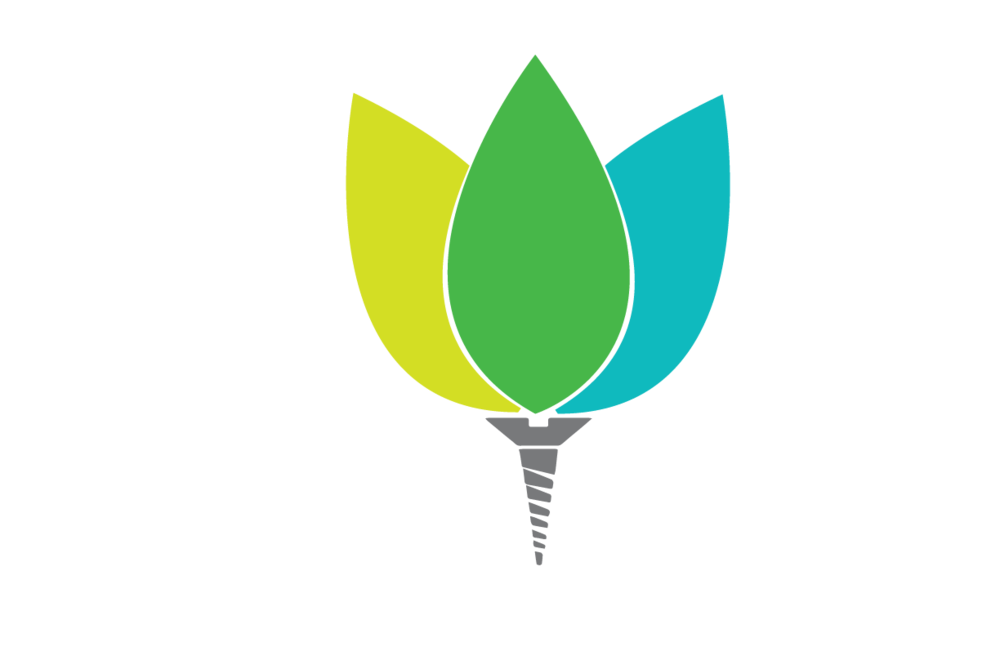WEEK 8 - MIDTERM
IMAGINING SUSTAINABILITY
As I briefly reflect on the last 2 months of the Biomimetic Design course, I try to see the "problem" and "solution" in a new light. Yes, it would be interesting to solve the world's problems with nature, which can treat water and feed us and keep our air clean at the same time. And yes there are food sources that currently exist that can do this! So what if we could program this system for optimal performance, and to be more resilient? By looking at the best natural systems for water filtration, seed storage, human nutrition, agriculture /permaculture, and resilience to natural and man-made disasters, we could design a technical super food product that could solve many issues at once. This issues being water scarcity, water treatment and filtration, food scarcity, food storage, and energy creation / harvesting. These are lofty goals but why not aim high - in the spirit of competition?
I have consistently doubted this project's validity, seriousness and viability. I think it's now time to take it very seriously and challenge MYSELF to execute such a complex, multi-faceted design solution.
The exciting part about the Biomimicry Global Design Challenge - at least for me - is to design a product that could revolutionize the way we treat the earth, ourselves, and our future generations. In traditional farming, we do not think about the earth unless it has a benefit to food production - whether that is yielding more or yielding for longer. We do not think about other animals unless required to do so by law. Animals include ecosystems that existed in prime farmland, insects and other "pests," and anyone or anything that is impacted by any process, from complex systems like hydrology to simple, logistical issues like harvesting, transportation, storage.
So the crazy question is: what if we could design - like a product - a food source that could be flexible enough to serve each human on earth NOW, with whatever regional context and limitations he or she may have, that is also flexible enough to survive natural and man-made disasters? What would this food need to do? What would it look like? Taste like? We are addressing two problems here: resources scarcity in general, and water scarcity more specifically.
This is a controversial idea, with the rise of genetically-modified designer foods, and food-like products in a VERY competitive environment, often protected by intellectual property law. Now is a perfect time to ask the questions about nature, science, production and humanity. We have the technology and possibly the intelligence in the design community to foster a conversation this challenging. What are your thoughts?

